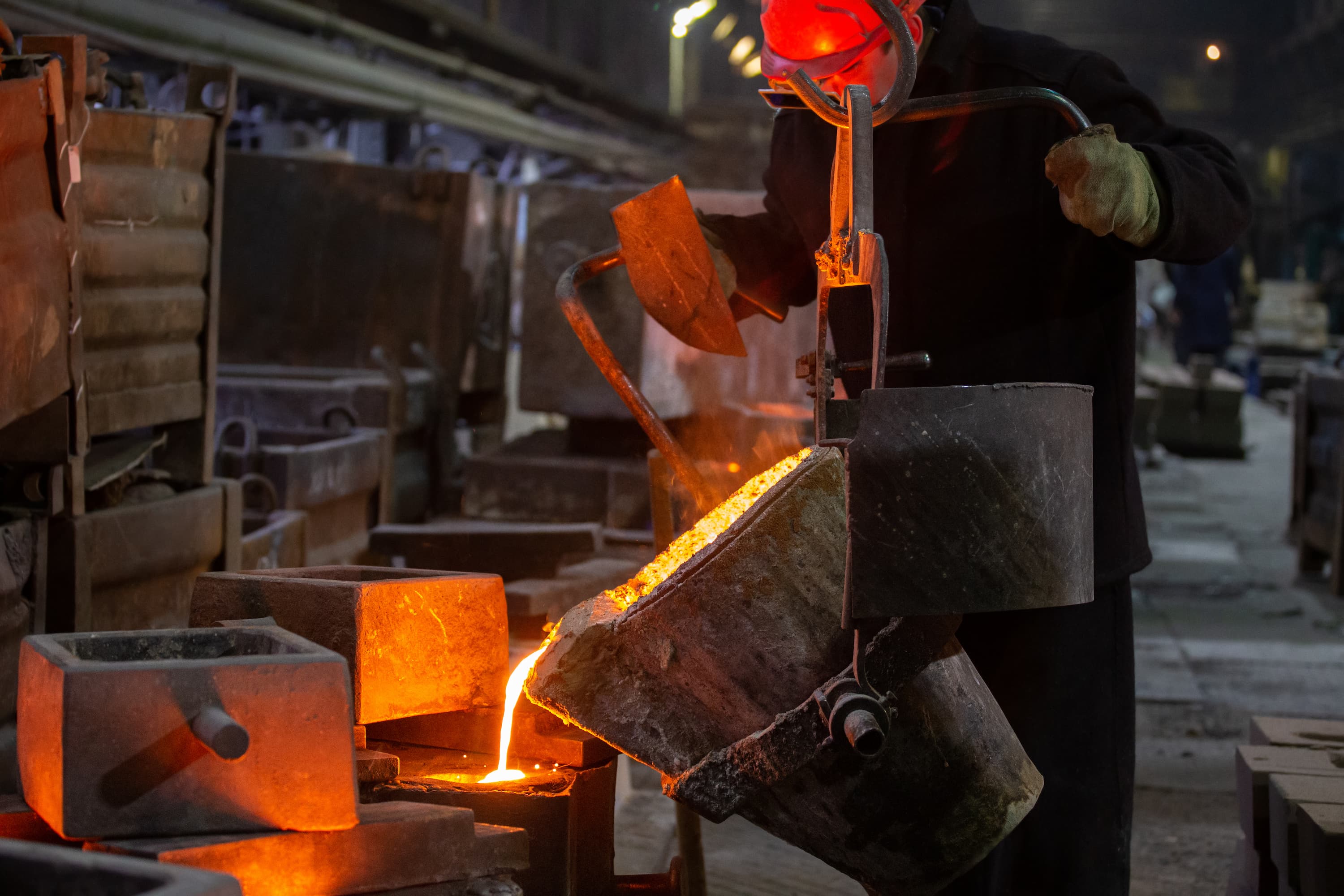Simulator technology may seem insurmountable for many manufacturers focusing on high-pressure die casting. As new methods and computational fluid dynamics evolve to mirror the most current technical capabilities, casting advancements progress rapidly.
However, while some manufacturers may find the confluence of modeling software and actual high-pressure die casting challenging to navigate at first, it is genuinely an ideal pairing that will continue to advance metallurgy as a field.
Simulation tools, which have user-friendly interfaces and quick responses, are ultimately intended for manufacturing and design teams so that they can model complex processes such as high-pressure die casting with ease.
The High-Pressure Die Casting Simulation Process
Despite the complexity of high-pressure die casting, using simulation software is relatively straightforward.
- The first step is to import an existing CAD design and review the recommendations of the software.
- The designer can then input all process parameters such as flow rate, venting, material data, heat transfers, and radiation.
- The designer will then analyze each component to evaluate and validate the best dimensions after simulating various styles of feeders, gates, and chills to reduce the chance of defects as much as possible.
- Once the final design is approved, and the complexity of the mold design is assessed, it is ready for mold manufacturing and preparation for casting.
Benefits of Simulation Software
Time and Cost Savings
There are no observable inefficiencies during the design phase since the software can predict and repair casting flaws without utilizing any actual casting material. This reduces wear and tear on essential casting equipment while saving time and money.
It is now easier to determine the precise dimensions of individual components in a virtual environment, eliminating the need to reset between different testing designs. Engineers can, for instance, decide on the optimal size for the inner gate that joins the runner to the cavity while making a mold.
When liquid metal enters the cavity during high-pressure die casting, this gate — a critical junction between low-speed and high-speed flow — affects the metal's behavior. The amount of gas injected into the system is significantly influenced by speed changes, which, in turn, impacts the end product's surface granularity and pitting.
Innovation and Collaboration
Innovation involves fewer risks since simulation software dramatically reduces the waste connected with the preliminary design phase for new die-casted materials. Before putting ideas into practice on the production floor, they can be tested and reviewed in a virtual setting to determine their practicality.
Precision becomes even more critical for preventing design flaws as more high-pressure die casting firms push the limits of what is currently possible with wall thickness and surface-to-volume ratios. By confirming the physics and thermal fluid dynamics of new models, simulation software offers quick feedback for cutting-edge advancements.
This flexibility also shortens the time to market for new items and allows for more flexible sharing of prototypes, findings, and measurements. With simulation software, teams can work together virtually or even remotely from various locations without the need for actual models.
Quality Control and Troubleshooting
Without the extra productivity of software, it could be essential to modify the gate or the entire design several times to stop unanticipated shrinkage or porosity. To establish a controlled flow rate with the right speed, testing multiple variations of the same physical mold in an analog setting would be necessary.
Every modification to a physical design would need to be tooled, leading to further mistakes caused by human error that would not occur in a simulation model supported by computers. The simulation also provides objective standards manufacturers can use to analyze future failures or production flaws.
For instance, if the design specifications are otherwise satisfied during the manufacturing process, but the resulting product has obvious defects, then the issue can likely be traced to a maintenance issue with the physical machinery instead of the design inputs.
Case Study: THERCAST®
As a leading simulation software for high-pressure die casting, THERCAST® is a comprehensive solution that empowers users to control the simulation process through a broad set of process parameters. Users can adjust key variables such as fill rate and the speed of the pin to produce detailed models.
THERCAST® is even capable of estimating how mold temperatures will behave based on the anticipated number of parts.
Furthermore, THERCAST® is exceptionally versatile and can also be used to accommodate other types of casting. This allows the program to grow alongside manufacturers if their manufacturing needs extend beyond high-pressure die casting.
THERCAST® can quickly adapt to ingot, continuous, and centrifugal casting, among others, to enhance the production processes of companies ranging from steelmakers to pipe manufacturers.
Simulation as a Standard
High-pressure die casting simulation software is a unique tool that metallurgical teams and manufacturers can leverage to reduce errors and optimize production processes. Solutions like THERCAST® set a new standard for manufacturing by showing that it is possible to eliminate unintentional defects and rework.
In a time of increasing competition, these programs shorten the time to market, encourage innovation, and distinguish industry leaders from those soon to fall behind. Contact Transvalor Americas to learn more.


